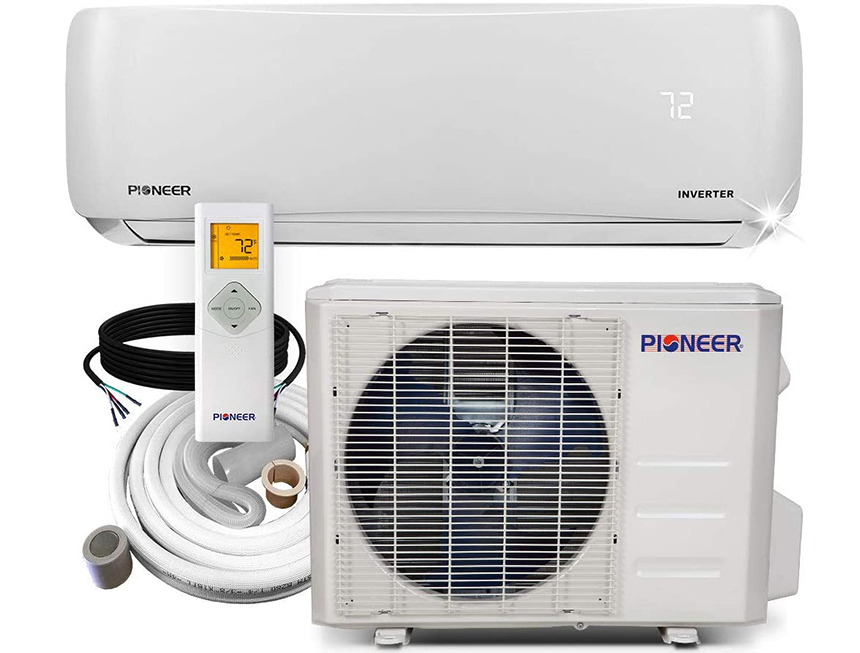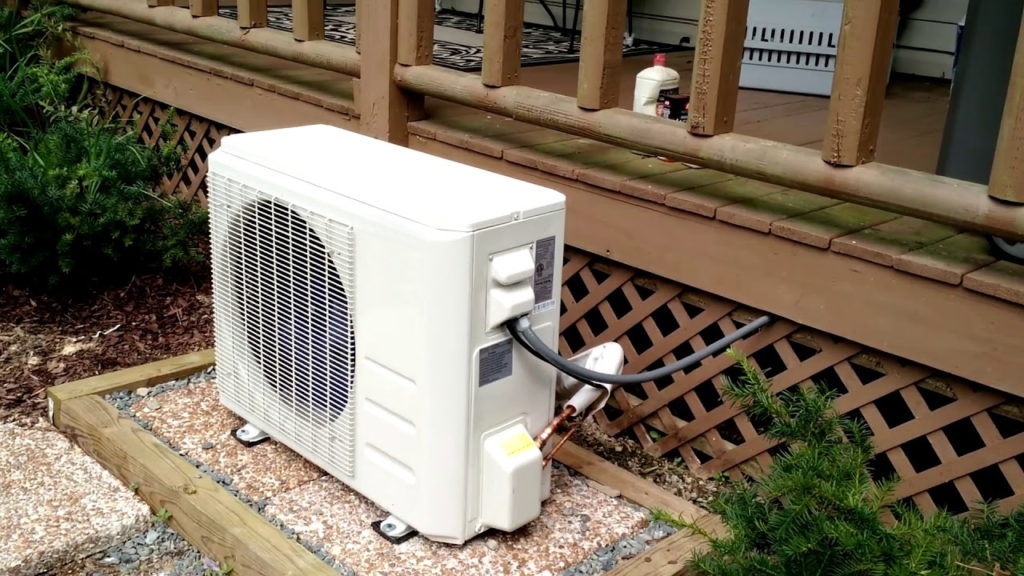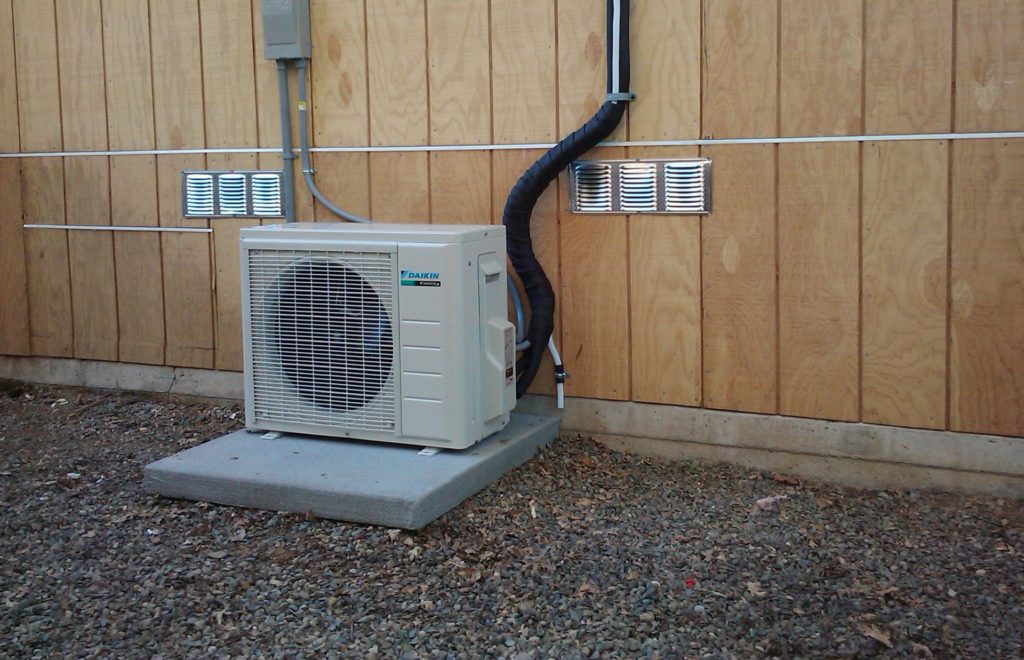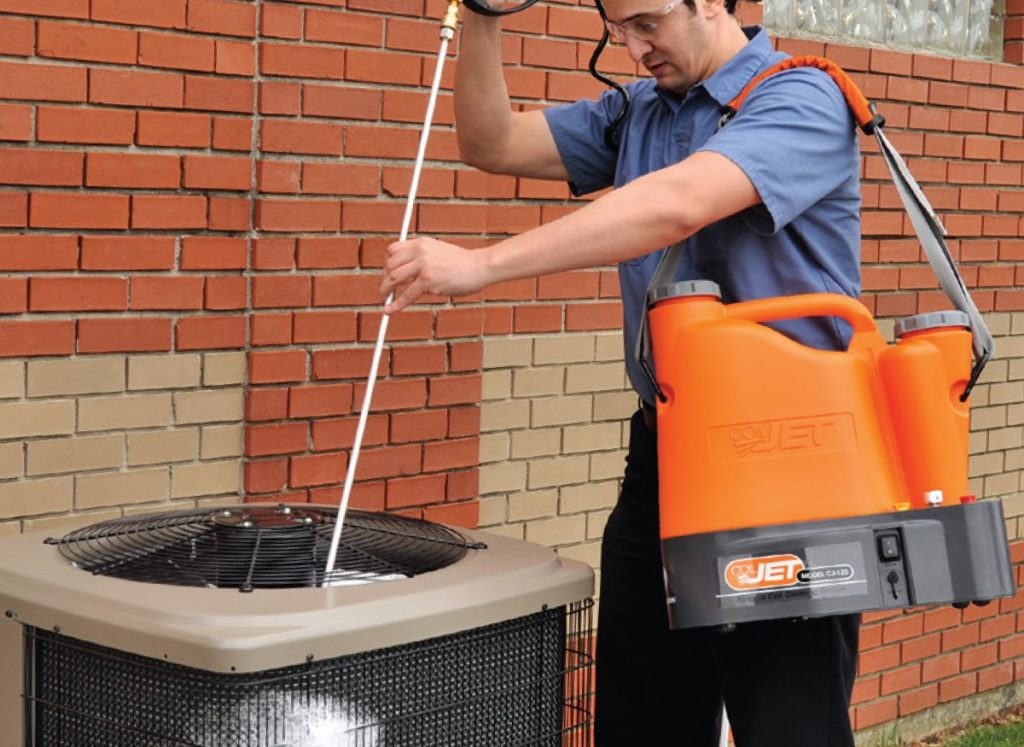

A heat pump puts out 2 or 4 times Trusted Source Heat Pumps - Performance and Efficiency Ratings - The Engineering ToolBox Several methods can be used to rate heat pump performance and efficiency. www.engineeringtoolbox.com as much energy as it consumes. Compare that to 95% energy conversion for a furnace or 100% energy for infrared heaters. This makes heat pumps the most efficient home heating option.
However, even the best heat pumps are vulnerable to various challenges. When your heat pump starts acting up, look out for these common heat pump problems that you can easily troubleshoot and solve at home.

Heat pumps are like just reverse refrigerators, which means that there is a host of problems from which they can suffer. When your heat pump starts acting up, you will definitely feel the difference in your home temperature.
Before you call in the professional heat pump technicians and possibly lose money and time on what could be just a simple fix, try going through these troubleshooting procedures.
When your heat pump won’t come on or the outdoor unit won’t show any signs of being operational, there are several reasons why this could be.
Loss of power
This is one of the most common reasons why your heat pump won’t turn on. Check whether the circuit breaker has tripped and if so, turn it back on. You should also check whether you have a blown fuse in the panel box. If these two are okay, confirm that the unit’s emergency switch is on and that the outdoor reset button hasn’t tripped.
Faulty thermostat
Your pump’s thermostat is meant to tell the unit when to turn on and off. However, if the thermostat fails or goes into emergency mode, you may need a replacement. If your unit has a manual override switch, try cranking it and see if it runs. In any case, your unit will require a professional visit.
Bad starter capacitor
Like any modern electric motor, the air compressor unit of your heat pump requires a capacitor to supply the required starting force. If this capacitor is bad, you may experience any of the following symptoms.
Bad capacitors require professional assistance to diagnose and replace if necessary.
Faulty control module
Your unit’s control module may also be faulty due to a problem with the wiring or simply from physical damage. The unit will not turn despite having power until the module is replaced.
The most common reason why your heat pump may not be heating is because of thermostat problems. You should first check that the thermostat is properly programmed with time and temperature.
To check on thermostat issues, see if the temperature it displays is the same as that shown on an independent device. Also confirm that mode shown on the thermostat is indeed the mode that the unit is in, that is, On/Off, Auto, Heating, or Cooling mode.
The third reason why your unit would not be working is a problem with the reversing valve. This valve is responsible for converting the heat pump mode from heating to cooling. It does so by reversing the flow of refrigerant from one direction to the other.
If the pump is cooling but not heating or vice versa, this could be a problem with the reversing valve. In that case, have a technician take a look at your heat pump.
Other reasons why your unit may not be heating your house include:
In reverse mode, a heat pump becomes a very efficient cooling system. However, if you perceive that the air coming out of the vents is either warm or there is very little air, check the following:
If you need a unit that does a lot more than moderate heating and cooling, an integrated mini-split heat pump and air conditioner is probably your best solution. Such a unit can serve as a replacement to conventional central heating and cooling systems while taking up less space and being much quieter.
One of the most recommended ductless mini-splits is the Pioneer Air Conditioner. As a top-quality model, many users appreciate the effective heating and cooling offered by this unit which leaves no hot or cold spots. As a bonus, this unit stays whisper-quiet.
At low outside temperatures, your heat pump will probably be running full-out to keep your inside temperatures comfortable. However, that shouldn’t happen at temperatures above 40F and certainly not in mild weather.
If the unit is running constantly instead of cycling on/off when required, that could be a problem with any of the following:
A heat pump is not exactly a quiet device, especially when it is working really hard deep in the winter. You will have many defrost cycles, increased compressor sound, shifting valves, pressure equalization, and more. So, what noises qualify as “strange” in this case?
York is one of the biggest heat pump brands. They are very popular because of their reliability, ease of maintenance, and long warranty. That being said, there are still some common problems that affect York heat pumps that you can easily troubleshoot.
As described above, a problem with your thermostat could cause any number of problems including inadequate heating, cooling, or constant running of the unit.
If you suspect that your York heat pump has such a problem, the built-in override switch is the easiest way to rule that out. Remove the snap-on cover on the thermostat to access the override switch beneath and see if the pump runs.
There are many reasons why you may want to check with the outside unit such as clogged or frozen coils. To access the inner parts, use a screwdriver to remove the screws holding the outer cover in place. If the heat pump coils are dirty, you can use a whisk broom to clean them gently. Check also that the fan is spinning.
The air filters are contained in the indoor unit. Simply open up the outer cover and remove the air filters. You can clean them by washing them with warm water and soap or simply using a vacuum cleaner to suck up any dust and debris.
York outdoor units have a separate disconnect switch, which is a small grey metal box usually mounted near the unit onto the wall. Confirm that it on and that the blow motor is working. If nothing is still happening, continue with the troubleshooting checklist above such as checking the circuit breakers.
American Standard is another very popular heat pump brand. Like any other, however, you are likely to experience a few problems, most of which you can hopefully clear up yourself without too much trouble. Here are some of the known issues.
This is definitely an electrical problem, so you need to contact a professional to deal with it.
Just like most other units, thermostat problems can arise from issues such as wrong programming or lack of communication. These can be resolved by resetting and/or replacing the batteries.
To rest your AS heat pump thermostat, simply take it from the wall and remove the batteries. You can discharge it by leaving it for a few hours without the batteries or simply reverse the battery polarity for a few seconds then start it again. You can also replace the batteries this way to see how it goes.
Other thermostat problems include:
The different thermostats also have their own individual codes which you can use to refer back to the owner’s manual to find the exact cause. For example, error code 79 represents low pressure or a failed seer switch.
Check with the air filter first and confirm that the filters are clean and not clogged up. The air filters are easily accessible from your indoor unit. The second most common problem is an issue with the compressor. If the unit turns on but has poor airflow, check with the status LEDs and match it with the codes.
If you have already confirmed that the unit’s filter and outside unit do not have obstructed airflow, check the thermostat and refrigerant.
Lennox is another big brand name when it comes to heat pumps. It has been in the business for a long time and made a name, although there have been a lot of dissatisfied customers in the past.
As long as we’re keeping it honest, Lennox has had a bit of a chequered history with the quality of its heat pumps. The main issue has been its evaporator coils, some of which seem to give up within 5 years of purchase instead of the proposed 10-12. In case you might want to consider replacing your Lennox unit, consider getting one of the best Goodman or Daikin heat pumps.
Lennox heat pumps will display an error code or a list of them in place of the temperature if there is a problem. It’s always advisable to take note of these before you contact technical support or call in a professional, and they will have the lookup information for diagnostics.
Check for obstructions to the system, including air filters. If there are none, check the fan speed. You should also make sure that your home is properly winterized.
This is the most common sign of refrigerant leak. Shut the unit down and contact technical support immediately.
Lennox uses a wireless system to communicate between your remote control and thermostat. If the latter is unresponsive, use the manual power button to turn the unit OFF then ON and give it a few minutes to start. If you still have a problem, contact a technician.
If you are using the iComfort smart thermostat:
PS: If you are going to rely on your heat pump for the winter, make sure that you have an efficient water heater to go with it. A tankless water heater such as the Rheem Direct Vent system provides on-demand hot water with minimal delay. Except for the installation which can be a headache, this is the one system with excellent user reviews after years in the market.
A top-quality heat pump is your best bet for efficient and affordable home heating or cooling. With proper maintenance and care, your unit ideally should not be giving you any problems, but sometimes things happen.
These common heat pump problems can happen with any heat pump brand. The solution is to know your system inside out and learn your user manual so that you tell when a problem arises.
Here’s another handy tip for you: over 70% of heat pump problems are caused by installation errors. Always make sure that you have professional technicians install and service your units to minimize these problems in the future.





